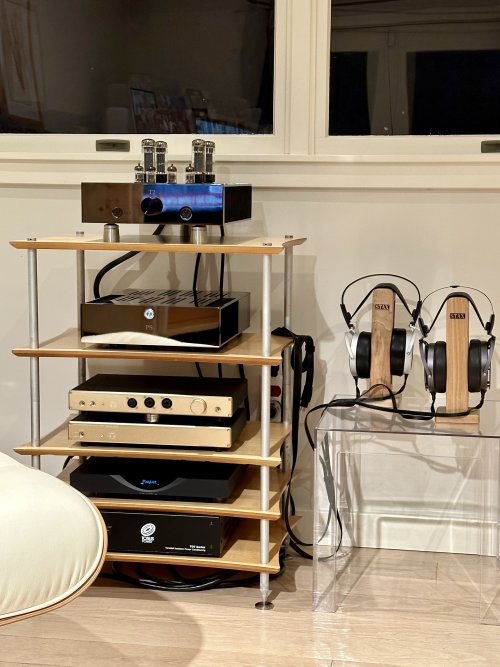- Joined
- Jan 9, 2003
- Posts
- 4,373
- Likes
- 3,155
A couple additional notes: often amps & preamps with the volume control up front will list "Max input: Infinite" in their specs, because you can always lower the attenuator level to handle any input signal (within reason). Components without a volume control up front will list a finite value for this specification, and you better be careful to heed it!Thank you. That is an excellent explanation.
If you don't mind, a follow up question about this. For a standard amp, putting it at MAX means maximum gain and usually standard amps produce more distortion at higher gain (correct?). What is it about estat amps volume that causes MAX to mean, if I understand correctly, 0 dB of gain?
I do this because my Benchmark DAC-3b/HPA-4 has a remote and my BHSE is across the room from my listening seat.
Downsides to the attenuator-up-front approach? The attenuator cannot attenuate noise produced from the active circuitry. This is only a problem when you have a large surplus of downstream gain + sensitivity. My speaker system, for example, at one time had a high-gain tube preamp (23dB) with a high gain amp (31dB) and high sensitivity speakers (96dB). You could really hear the tube rush noise floor from the preamp, no matter how magically selected the tubes were. The "adjustable input sensitivity" approach of that Meridian 808 allows for the best of both worlds - low noise floor and low distortion, assuming you pick the right level. But really, that was just a bad gain structure. I didn't need anywhere near that much gain.
Last edited:































